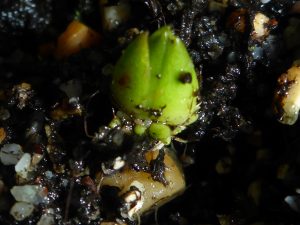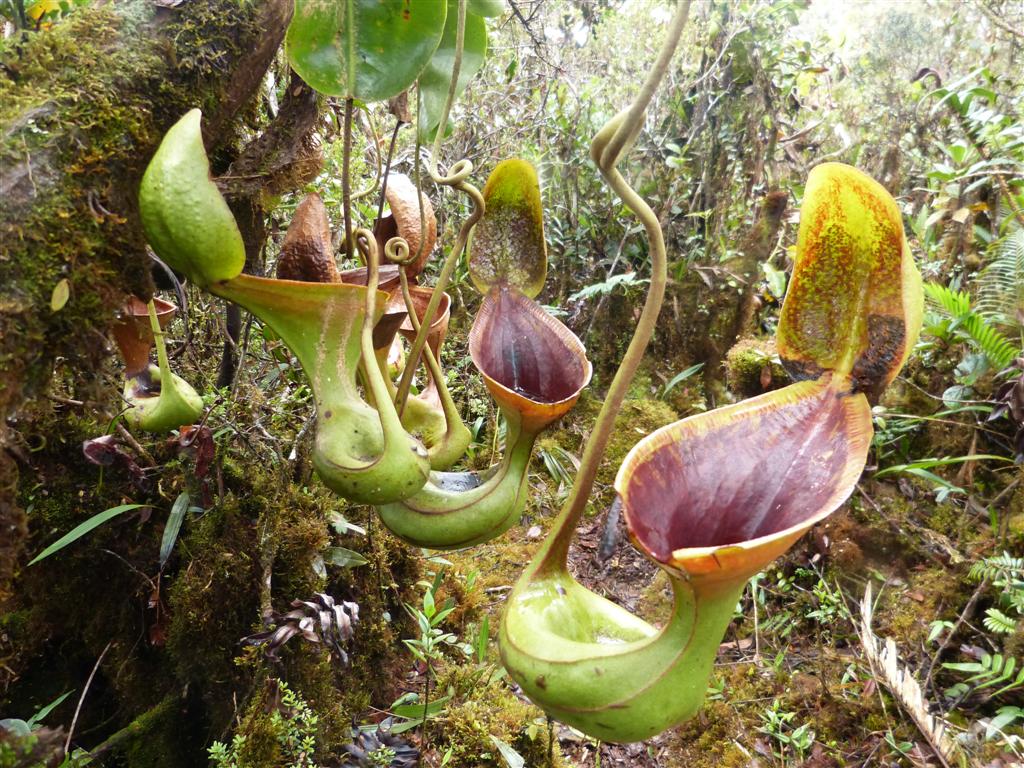Pinguicula (butterworth) is a fairly large genus of Carnivorous plants related to both Utricularia and Genlisea. Worldwide there are about 100 butterworth species. They can be found in (cold temperate) Eurasia and on the western hemisphere. There is only one species of Pinguicula native in the Netherlands: P. vulgaris (the common butterworth). It is the most widespread species from the genus. It can be found virtually in all cold temperate regions of the Northern Hemisphere, including the Netherlands.

In the Netherlands P. vulgaris is the only butterworth species that is native. It is nowadays a very rare plant with its distribution, mainly, limited to a few areas in the east, close to the German border. One remark about the distribution in the Netherlands, the historical distribution of the species has been limited roughly to the centre of the country eastwards. This distribution pattern is due to the soil composition. In the west the soils are mainly peat or clay based, while in the east often sandy soils are found.
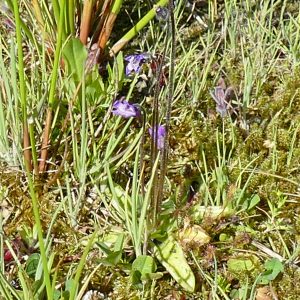
It prefers open, sunny, spaces like nutrient deficient meadows and sphagnum bogs. P. vulgaris can often be found together with some sundews (Drosera intermedia and D. rotundifolia).
The P. vulgaris population crashed at around 1900. This probably due the extension of agriculture which led dehydration and nitrification of the habitat. The decrease continued during the 20th century. Nowadays most populations are well protected and there are a few new populations, but whether this means that the decrease of this species has stopped? I am not sure about that.
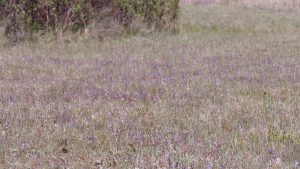
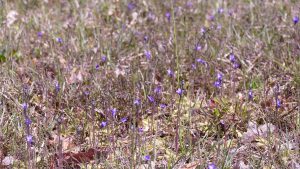
But luckily there are still a few places where this species can be admired. Some of the populations are really small, with only a few plants. However there are at least two species where, if you are lucky, you can see a blue hazw in the meadow, caused by the flowers (see above). Besides the blue/purple flowers the plants can be spotted relatively easily by its yellows leaves, forming a rosette. As might be suspected, this species can resist frost. In wintertime the plant retreats to a winterbud (“hibernaculum”).
Cultivation of Pinguicula vulgaris
Unfortunately I am not longer growing this nice species. I have tried it a few times, but not with to much success. This in contrary to a few other hardy Pinguicula species like P. grandiflora and P. macroceras. One of the thing that might be the problem is that the plants do not get enough sunlight, especially at the end of the summer. So I have to cut some trees this winter….
The species can be grown in a regular mix of peat and sand. It can be best grown outside on a sunny place. It should be exposed to a cold period in wintertime. The drainage, especially in wintertime should be good, to prevent rot.
Pinguicula vulgaris can be propagated from seed, but even more easily from gemmae. As mentioned before, in wintertime the plant form a winterbud. And attached to this are smaller buds (gemmae). These can easily be taken of the mother plant and will grow to a new plant. In nature these gemmae are washed away and spread by the rain.
